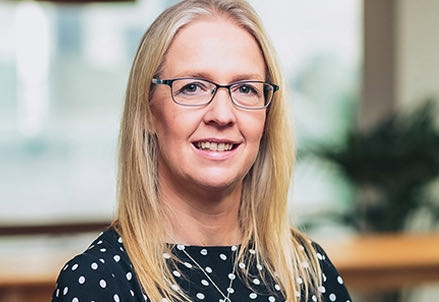As a professional, you will undoubtedly be aware of the effective 60% tax rate on income between £100,000 and £125,140 due to the loss of the personal allowance. For parents of 3 and 4-year-olds the real rate can be much higher.
What’s more with the expansion of childcare announced in March’s Budget, the effective rate of tax for those on income above £100,000 with pre-school children is about to reach eyewatering amounts.
The government has two different schemes to help working parents – tax-free childcare and free childcare hours.
The tax-free childcare scheme is available to families with both parents working (or the single parent works) with certain minimum earnings. This replaced the old childcare voucher scheme available through employers. Parents can pay up to £8,000 a year into an online childcare account and receive up to £2,000 from the government to pay childcare costs, per child, up to age 11.
In addition, in England all 3 and 4-year-olds currently get 15 hours free childcare per week during termtime, regardless of their parents’ circumstances. The free hours for this age group goes up to 30 hours for working parents.
However, the extra hours are lost if either parent has adjusted net income (which includes both earned and investment income) of more than £100,000. Unlike the gradual loss of personal allowance, the loss of childcare is a cliff edge. Earning £1 over £100,000 can cost 15 hours of childcare – which at the average rate in England is worth over £3,000* a year. On top of this all the tax-free childcare disappears too.
What’s more when the increased free hours come into play there may be even more to lose.
The Budget outlined plans for children of working parents to get 30 hours/week from age 9 months by September 2025. Many families will have two pre-school children who can benefit from the new 30 hours. Conversely, these parents will stand to lose even more if their income tips over £100,000 - potentially 45 hours/week (assuming one child aged 3 or 4 so keeps the basic 15 hours) – a cost likely to be around £9,400/year* on average.
Take a family with a 1-year-old and 3-year-old, where the highest earner has £100,000 income and they get a £5,000 pay rise. They would have additional income tax of £3,000 (factoring in the loss of personal allowance) and under current rules they would lose 15 hours childcare (worth over £3,000) and lose £4,000 tax-free childcare top up.
In total the £5,000 pay rise has cost over £10,000. From September 2025 the value of lost childcare hours (45) could go up to c£9,400 to give a total cost of around £16,400. An effective rate of 328% tax.
The good news is that pension contributions can be used to reduce adjusted net income.
The first option would be to ask if the employer can make additional contributions instead of a pay rise, but if not, a personal contribution could be used to bring income below £100,000. This would mean the parent gets to keep not only their whole personal allowance but also all of their free childcare hours and top-ups.
Until children reach school age it may be especially worthwhile to prioritise pensions over salary.
*Childcare costs based on figures from Coram Family and Childcare Trust Childcare Survey 2022
Lisa Webster is senior technical consultant at AJ Bell. She is an economics graduate with over 15 years’ experience in financial services. Prior to joining AJ Bell in May 2014 she spent nine years working in senior technical and consultancy roles at a major SIPP and SSAS provider. She is part of the AJ Bell Technical Team, responsible for providing regulatory and technical analysis to the business and outside world. Email: This email address is being protected from spambots. You need JavaScript enabled to view it. Twitter: @lisasippster

